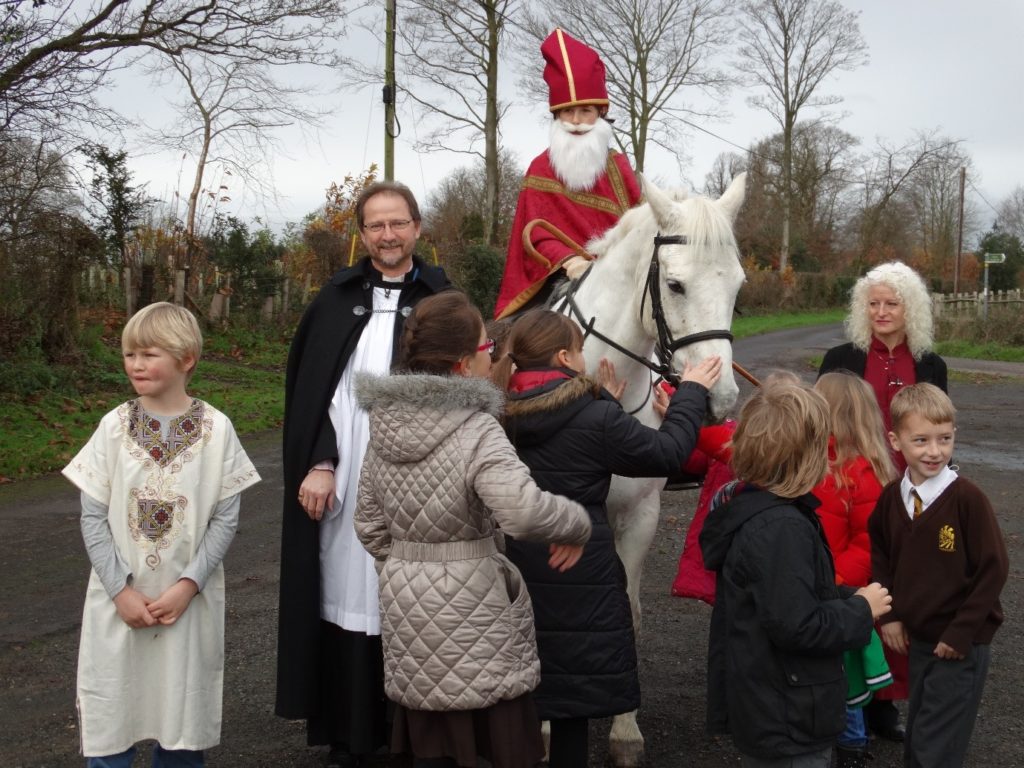
YOUR BROWSER IS OUT OF DATE!
This website uses the latest web technologies so it requires an up-to-date, fast browser!
Please try Firefox or Chrome!

The true story1 of Santa Claus begins with Nicholas, who was born during the third century in the village of Patara. At the time the area was Greek and is now on the southern coast of Turkey. His wealthy parents, who raised him to be a devout Christian, died in an epidemic while Nicholas was still young. Obeying Jesus’ words to “sell what you own and give the money to the poor,” Nicholas used his whole inheritance to assist the needy, the sick, and the suffering. He dedicated his life to serving God and was made Bishop of Myra while still a young man. Bishop Nicholas became known throughout the land for his generosity to those in need, his love for children, and his concern for sailors and ships.
Through the centuries many stories and legends have been told of St. Nicholas’ life and deeds. These accounts help us understand his extraordinary character and why he is so beloved and revered as protector and helper of those in need.
By his example of generosity to those in need, especially children, St. Nicholas continues to be a model for the compassionate life.
St. Nicholas is patron saint of many groups from archers to sailors to woodturners and, of course, our Church. In medieval times, the River Rother would have been a much wider river than today – a navigable tidal river. With the Church so close, it is likely that that sailors and fishermen would have walked up the hill to the church and prayed for safe and calm travels.
Widely celebrated in Europe, St. Nicholas’ feast day, December 6th, keeps alive the stories of his goodness and generosity. Simple gift-giving in early Advent helps preserve a Christmas Day focus on the Christ Child.

As is the custom at our Church we hold a Patronal Festival where “St. Nicholas”, usually on his white horse and accompanied by children, walk up from the lower car park to attend the morning service. After the service he gives gifts of sweets and candies to those who attend before riding away.
